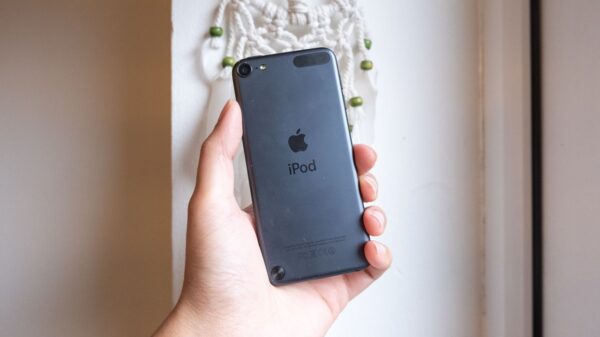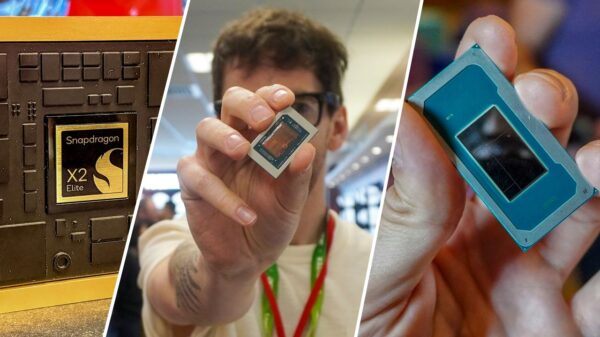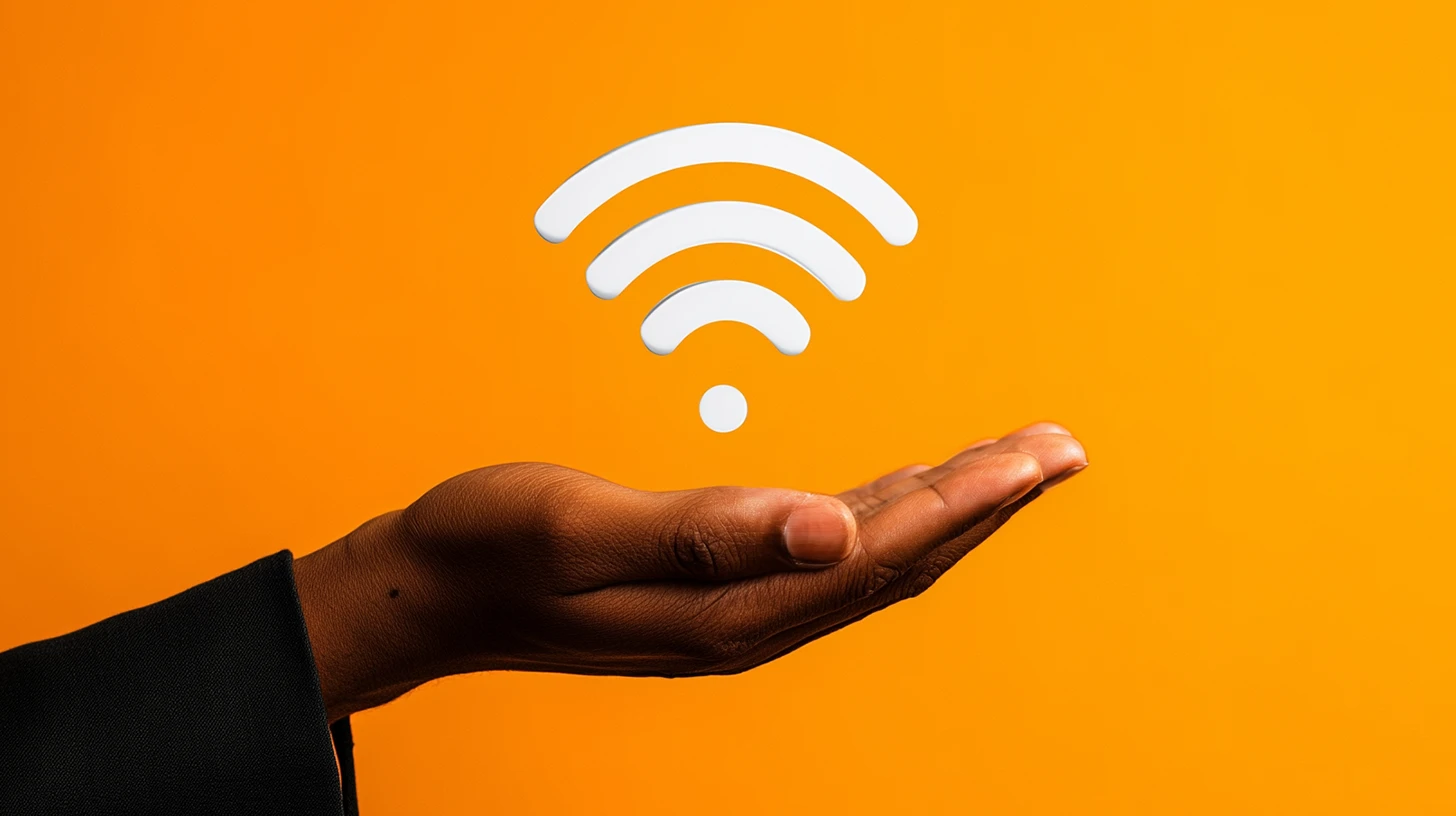A team of researchers at the Aeronautics Institute of Technology (ITA) in Brazil has developed a groundbreaking method for access control that could revolutionize security systems. Their study demonstrates how Wi-Fi signals can be harnessed to create a touchless identification system. This innovative approach eliminates the need for keycards, PINs, or fingerprints, instead using the unique way an individual’s hand distorts Wi-Fi signals to authenticate identity.
The concept hinges on a technology known as Channel State Information (CSI), which captures the subtle variations in wireless signals as they travel through the air and interact with objects and people. The researchers focused specifically on analyzing the shape and structure of the palm, including factors such as hand size and finger length. These slight differences result in measurable changes in Wi-Fi signals when a hand is positioned near the transmitter and receiver.
Experimental Setup and Findings
To explore this idea, the research team created a controlled test environment using a Raspberry Pi computer encased in a custom acrylic box. By reducing the antenna power to 1 dBm, they minimized external interference, allowing for precise measurements of signal differences. Participants were asked to place their hand over the box while Wi-Fi signals were transmitted and received, generating thousands of data points for analysis.
The study involved 20 volunteers, evenly split between genders, who provided multiple scans of their right hands. The results showed significant changes in both signal strength and timing, which were used to identify individual hand characteristics. The team applied machine learning algorithms to effectively distinguish between different palms based on the collected data.
Despite achieving promising results in a controlled setting, the researchers acknowledge that replicating this success in real-world environments may pose challenges. Christina Hulka, Executive Director of the Secure Technology Alliance, emphasized the sensitivity of CSI data to environmental factors. She noted that obstacles like walls, furniture, and even human movement can disrupt the accuracy of the signal, potentially leading to false rejections.
Challenges and Future Directions
Hulka highlighted that various overlapping wireless activities in many environments can complicate the authentication process. She stated, “We’re living in a world where ‘RF-business’ is a real challenge.” This includes interference from devices such as cellphones, Bluetooth connections, and other connected technologies that can introduce inconsistencies into the CSI data.
Moreover, Hulka pointed out that even minor hardware variations could affect the reliability of the system. “Minute differences in commodity radios or cable strain can shift phase or amplitude in ways the model interprets as identity drift,” she explained. Addressing these challenges will be crucial for the technology’s future viability.
The primary goal of this research is to create a contactless access control method that is both user-friendly and cost-effective. Utilizing existing Wi-Fi infrastructure means that many organizations could adapt their current systems for this purpose. The Raspberry Pi setup used in the study is significantly less expensive than traditional biometric systems and operates with minimal power requirements.
To ensure the consistency of the collected data, participants were instructed to remove any jewelry or accessories that could distort the signals. The design of the acrylic box also helped maintain a steady distance of 3 centimeters between the hand and the receiver, further stabilizing the readings. Although the current analysis focused solely on data from right hands, the full dataset includes information from both hands, which the researchers plan to utilize in future studies.
The researchers intend to expand their tests to include larger participant groups, longer durations, and a variety of physical conditions to validate their findings. Hulka urged caution, stressing that for this Wi-Fi authentication method to gain trust, it needs rigorous testing in diverse environments. “’Near-perfect’ results in a lab setting don’t necessarily translate to real-world applications without formal biometric certification,” she noted.
She advocates for standard evaluations of the technology, including independent lab tests that align with international standards such as ISO/IEC 30107-3. These assessments should include realistic scenarios and report key error rates alongside core accuracy metrics, allowing practitioners to evaluate both usability and resilience.
The researchers envision a future where Wi-Fi-based biometrics could be utilized in situations where traditional sensors may be impractical or raise privacy concerns. As this technology develops, it could provide an innovative layer of identity management that combines physical characteristics with network signals. While it may take time before this Wi-Fi authentication system replaces established methods like fingerprints or ID badges, it represents an exciting advance in security technology.








































































